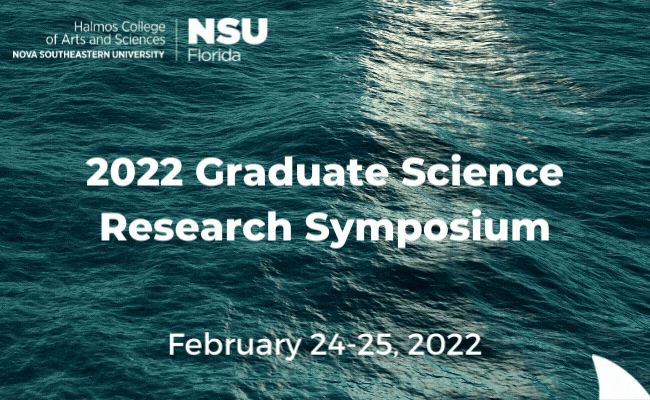Parasites of raptorial birds of South Florida
Start
2-25-2022 9:15 AM
End
2-25-2022 9:30 AM
Type of Presentation
Oral Presentation
Abstract
Raptors are a polyphyletic group of birds characterized by similarities in their behavior and physiology. They regulate small animal populations, playing key roles in local ecosystems as apex predators; as such, they are themselves largely regulated by their parasites. However, little is known regarding the species composition and structure of their endoparasite communities. Therefore we surveyed endoparasites of southeast Florida raptors: American kestrels (Falco sparverius), peregrine falcons (F. peregrinus), merlins (F. columbarius), Cooper’s hawks (Accipiter cooperii), sharp-shinned hawks (A. striatus), red-shouldered hawks (Buteo jamaicensis), broadwing hawks (B. platypterus), Eastern screech owl (Megascops asio), barn owl (Tyto alba), barred owl (Strix varia), great horned owl (Bubo virginianus), burrowing owls (Athene cunicularia), and black (Coragaps atratus) and turkey vultures (Cathartes aura). As of February 2022, 148 birds had been examined, and almost all were infected with at least one parasite taxon; raptor parasite communities included members of Digenea (primarily strigeids such as Strigea falconis), Cestoda, Nematoda (primarily anisakids and spirurids), and Acanthocephala. Parasite species diversity varied among hosts: red-shouldered hawks had both the most diverse and heaviest parasite burdens, while turkey vultures hosted the lowest diversity and generally the lightest parasite load. We noted new host records and range extensions, including: first report of nematodes in turkey and black vultures; first report of nematodes and strigeid digeneans in merlins; first records and a range extension for Acanthocephala in sharp-shinned hawks and Cooper’s hawks. Multivariate analyses indicated that parasite community composition was not driven by host phylogeny: for example, hawks and owls are only distantly related yet hosted similar parasite communities. We conclude that parasite species composition in Florida raptors is primarily driven by other factors, most likely host feeding ecology. Many raptors are protected species, and information on the parasite communities that regulate them will inform conservation and management efforts.
Parasites of raptorial birds of South Florida
Raptors are a polyphyletic group of birds characterized by similarities in their behavior and physiology. They regulate small animal populations, playing key roles in local ecosystems as apex predators; as such, they are themselves largely regulated by their parasites. However, little is known regarding the species composition and structure of their endoparasite communities. Therefore we surveyed endoparasites of southeast Florida raptors: American kestrels (Falco sparverius), peregrine falcons (F. peregrinus), merlins (F. columbarius), Cooper’s hawks (Accipiter cooperii), sharp-shinned hawks (A. striatus), red-shouldered hawks (Buteo jamaicensis), broadwing hawks (B. platypterus), Eastern screech owl (Megascops asio), barn owl (Tyto alba), barred owl (Strix varia), great horned owl (Bubo virginianus), burrowing owls (Athene cunicularia), and black (Coragaps atratus) and turkey vultures (Cathartes aura). As of February 2022, 148 birds had been examined, and almost all were infected with at least one parasite taxon; raptor parasite communities included members of Digenea (primarily strigeids such as Strigea falconis), Cestoda, Nematoda (primarily anisakids and spirurids), and Acanthocephala. Parasite species diversity varied among hosts: red-shouldered hawks had both the most diverse and heaviest parasite burdens, while turkey vultures hosted the lowest diversity and generally the lightest parasite load. We noted new host records and range extensions, including: first report of nematodes in turkey and black vultures; first report of nematodes and strigeid digeneans in merlins; first records and a range extension for Acanthocephala in sharp-shinned hawks and Cooper’s hawks. Multivariate analyses indicated that parasite community composition was not driven by host phylogeny: for example, hawks and owls are only distantly related yet hosted similar parasite communities. We conclude that parasite species composition in Florida raptors is primarily driven by other factors, most likely host feeding ecology. Many raptors are protected species, and information on the parasite communities that regulate them will inform conservation and management efforts.


